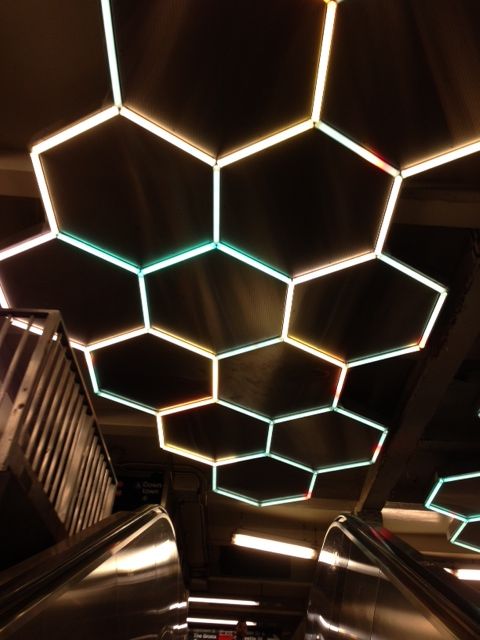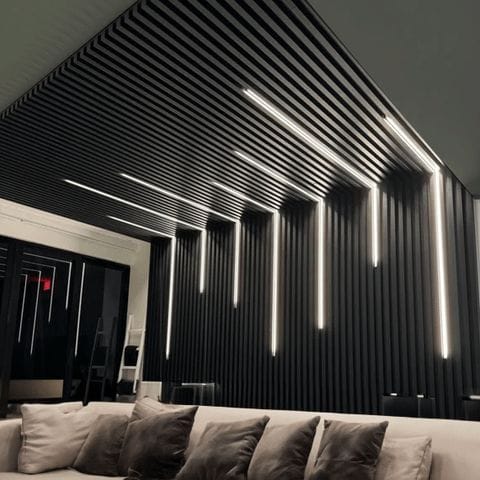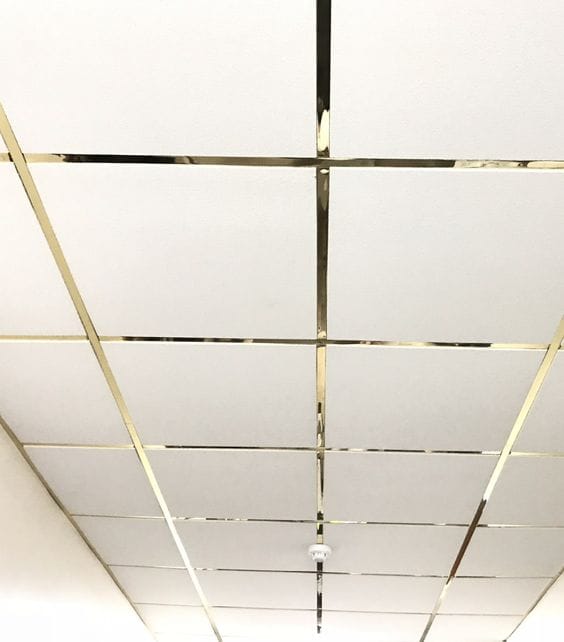What Is a False Ceiling? Complete Guide to Benefits, Materials & Designs
What Is a False Ceiling? Complete Guide to Benefits, Materials & Designs
A false ceiling is a secondary ceiling installed below the main structural ceiling. It is widely used to hide electrical wires, air-conditioning ducts, and pipes, giving the space a clean and stylish look. False ceilings also improve room aesthetics by allowing creative designs, recessed lighting, and modern finishes.
In addition to beauty, a false ceiling offers practical advantages such as soundproofing, thermal insulation, and better light distribution, making it a popular choice for homes, offices, and commercial spaces.
Benefits of Installing a False Ceiling
A professionally installed false ceiling provides many advantages, including:
- Conceals electrical wiring, ducts, and pipelines
- Enhances the overall interior design
- Supports recessed and decorative lighting
- Improves acoustic control and reduces noise
- Provides thermal insulation, keeping rooms cooler
- Increases property value and modern appeal
Popular False Ceiling Materials
Different materials are used for false ceiling work, depending on budget, environment, and design needs:
1. Gypsum False Ceiling
Gypsum is one of the most popular choices because of its smooth finish, fire resistance, and flexibility in design.
2. POP (Plaster of Paris) False Ceiling
POP ceilings are ideal for decorative patterns, curves, and artistic ceiling designs.
3. PVC False Ceiling
PVC ceilings are moisture-resistant, lightweight, and perfect for kitchens, bathrooms, and humid areas.
4. Wooden False Ceiling
Wooden ceilings provide a rich, natural look and are commonly used in luxury interiors and commercial spaces.
How to Choose the Right False Ceiling Material
The choice of material depends on several important factors:
- Moisture resistance – Ideal for humid areas and kitchens
- Fire safety – Important for commercial and high-rise buildings
- Durability – For long-lasting performance
- Aesthetic finish – Based on your design preferences and lighting style
- Budget – Material and installation cost
Why Install a False Ceiling?
Installing a false ceiling improves both the look and functionality of your space. It makes rooms more comfortable by controlling temperature and noise levels while giving a stylish, modern appearance.
















